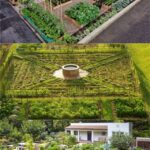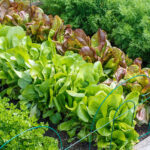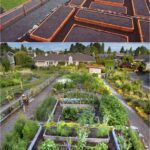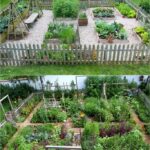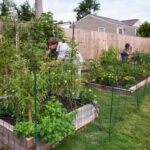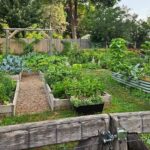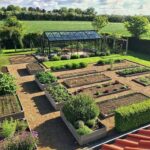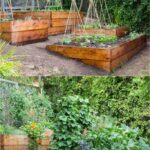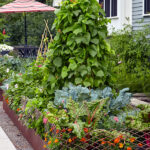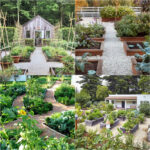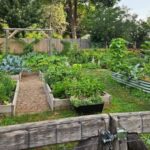A well-designed vegetable garden can be both beautiful and productive, providing fresh and healthy produce while also enhancing the aesthetic of your outdoor space. When planning a vegetable garden design, there are several key factors to consider to ensure optimal growth and harvest.
One important consideration is the layout of your garden beds. Raised beds are a popular option for vegetable gardens, as they provide good drainage and are easier to maintain. Planting in rows or blocks, rather than scattering seeds throughout the bed, can help maximize space and make it easier to tend to your plants.
Another important aspect of vegetable garden design is choosing the right location. Most vegetables require ample sunlight, so it’s important to select a spot that receives at least six to eight hours of direct sunlight each day. Additionally, make sure the location has good soil drainage to prevent waterlogged roots and promote healthy plant growth.
When selecting plants for your vegetable garden, consider a mix of both cool-season and warm-season crops to ensure a continuous harvest throughout the growing season. Grouping plants with similar water and sun requirements together can make it easier to care for your garden and help prevent pests and diseases from spreading.
Incorporating vertical gardening techniques, such as trellises or stakes, can help maximize space and increase airflow around your plants. This can not only improve plant health but also make it easier to harvest vegetables like tomatoes, cucumbers, and beans.
Lastly, don’t forget to include pathways and access points in your vegetable garden design. Well-placed paths can make it easier to navigate and tend to your plants, while also adding a decorative element to your garden. Consider using materials like gravel, mulch, or stepping stones to create defined pathways that can withstand foot traffic and inclement weather.

